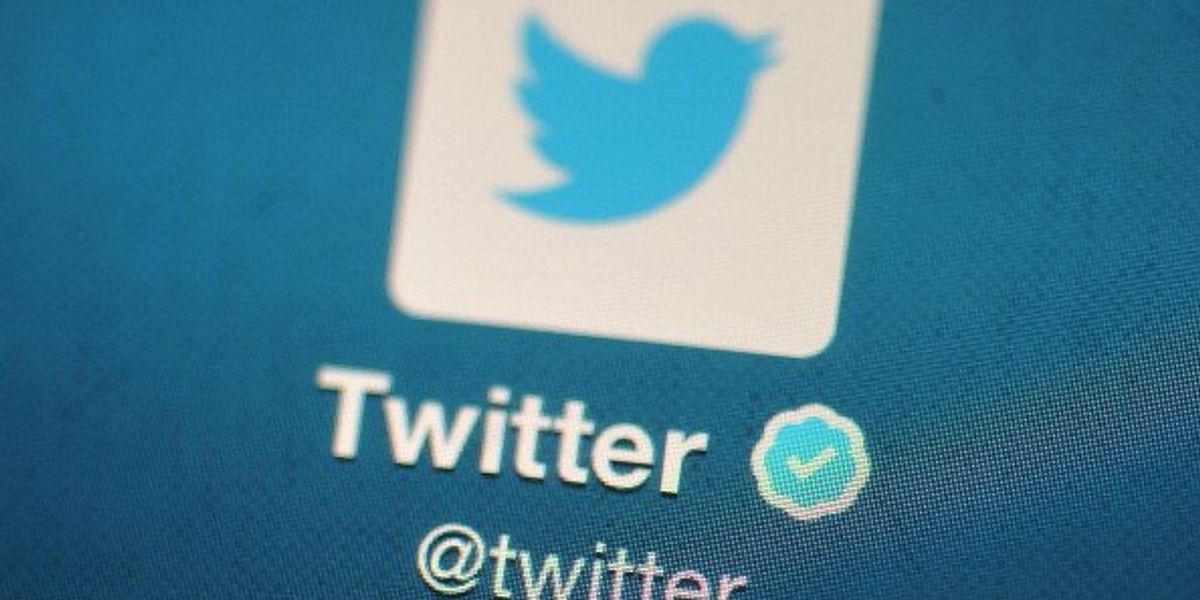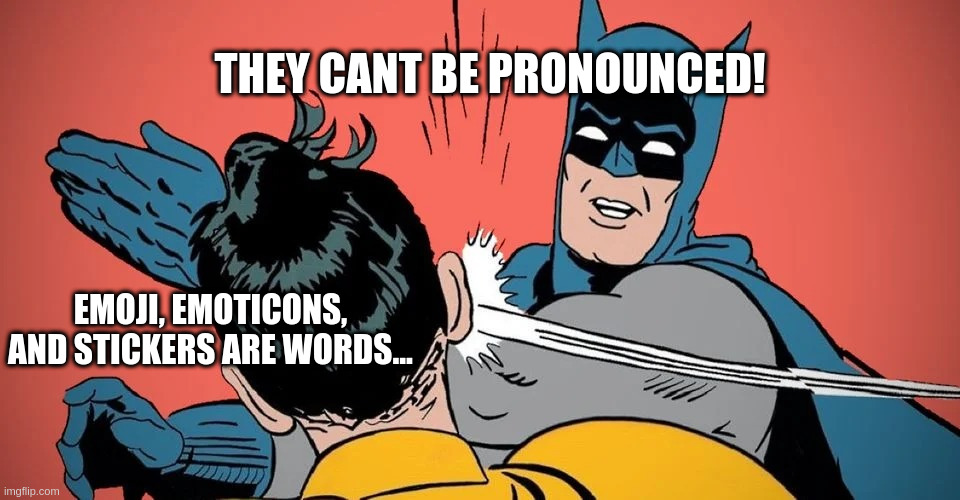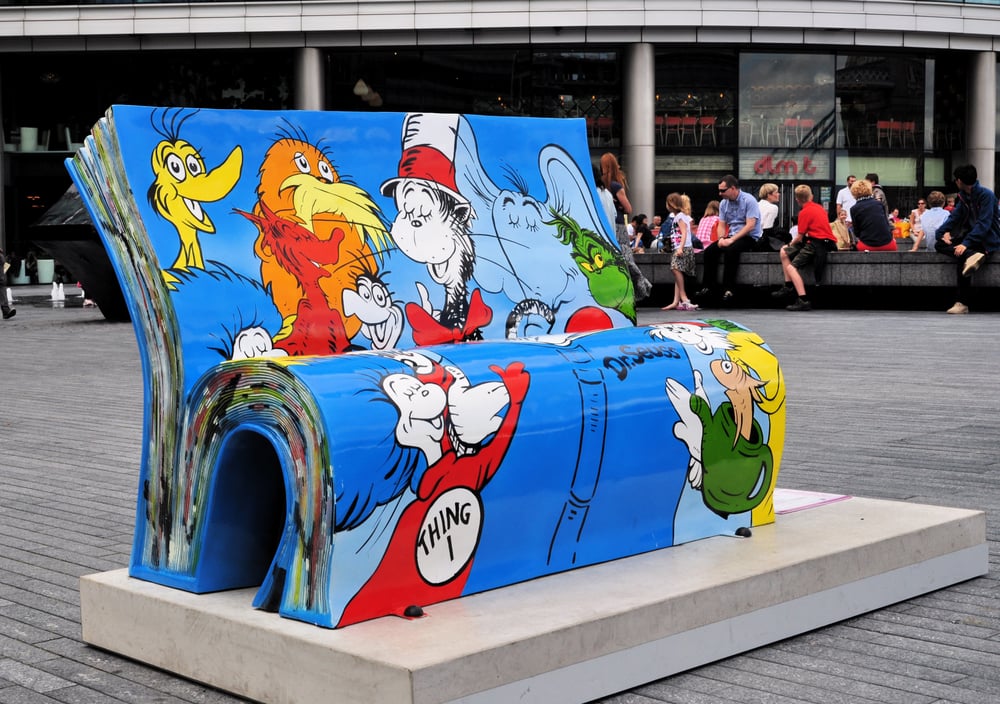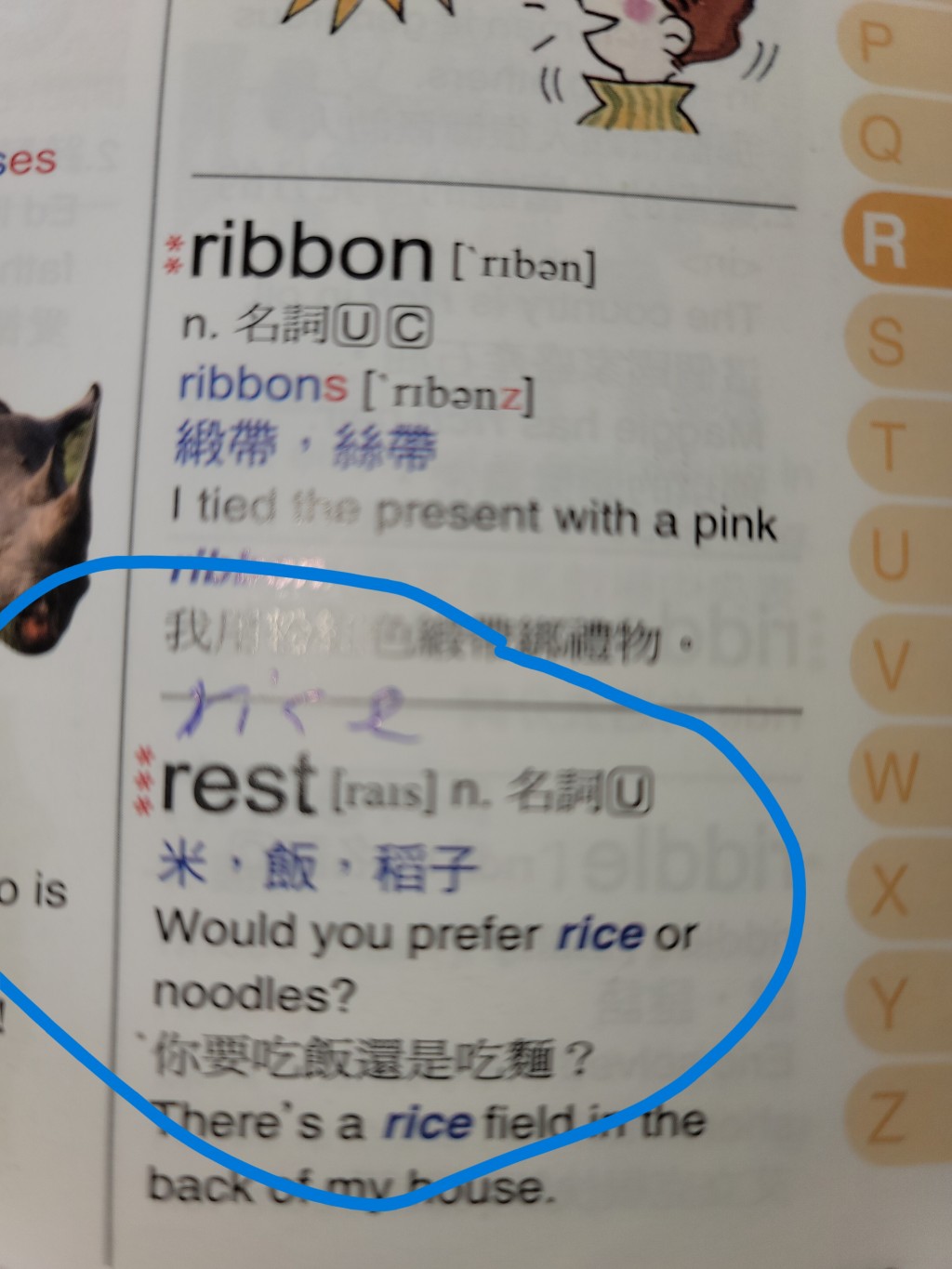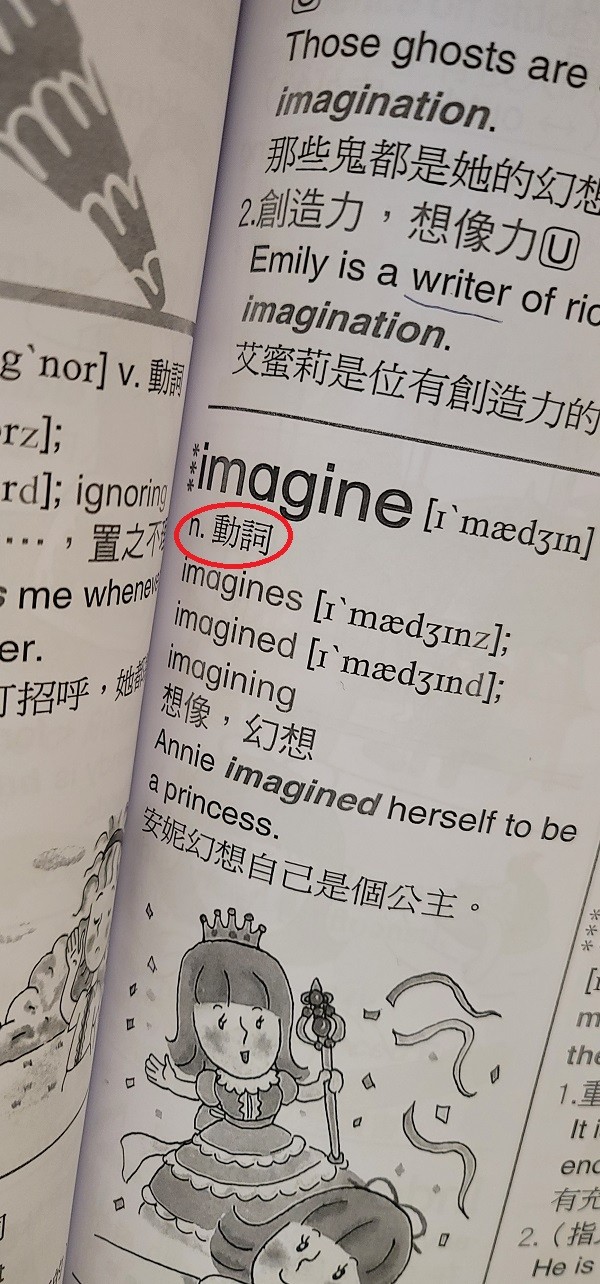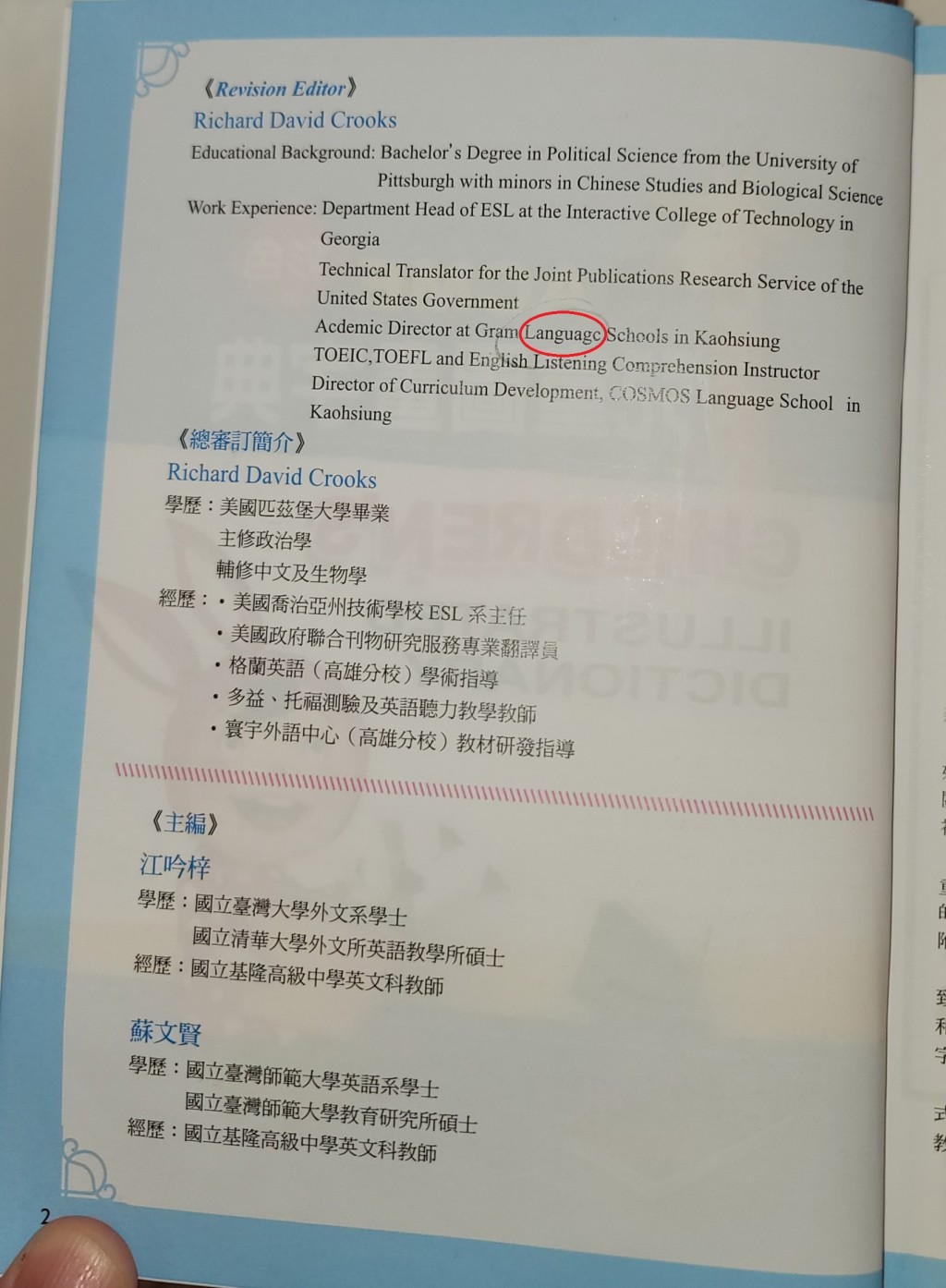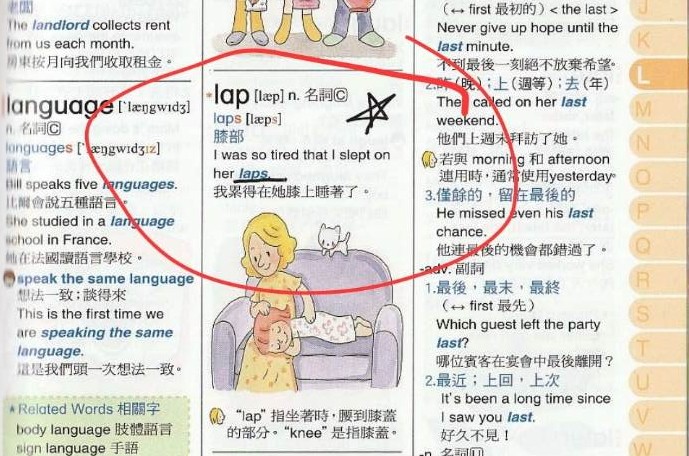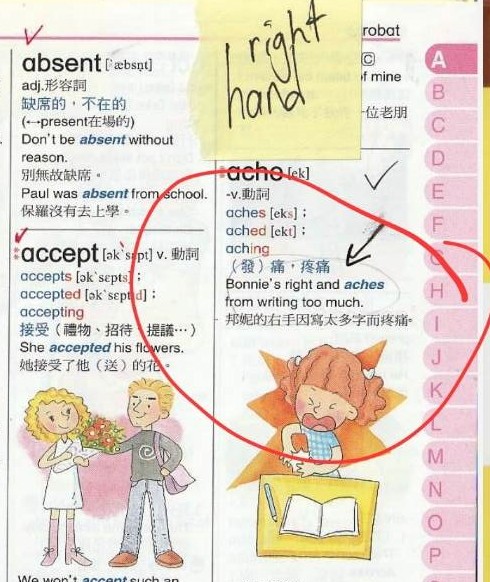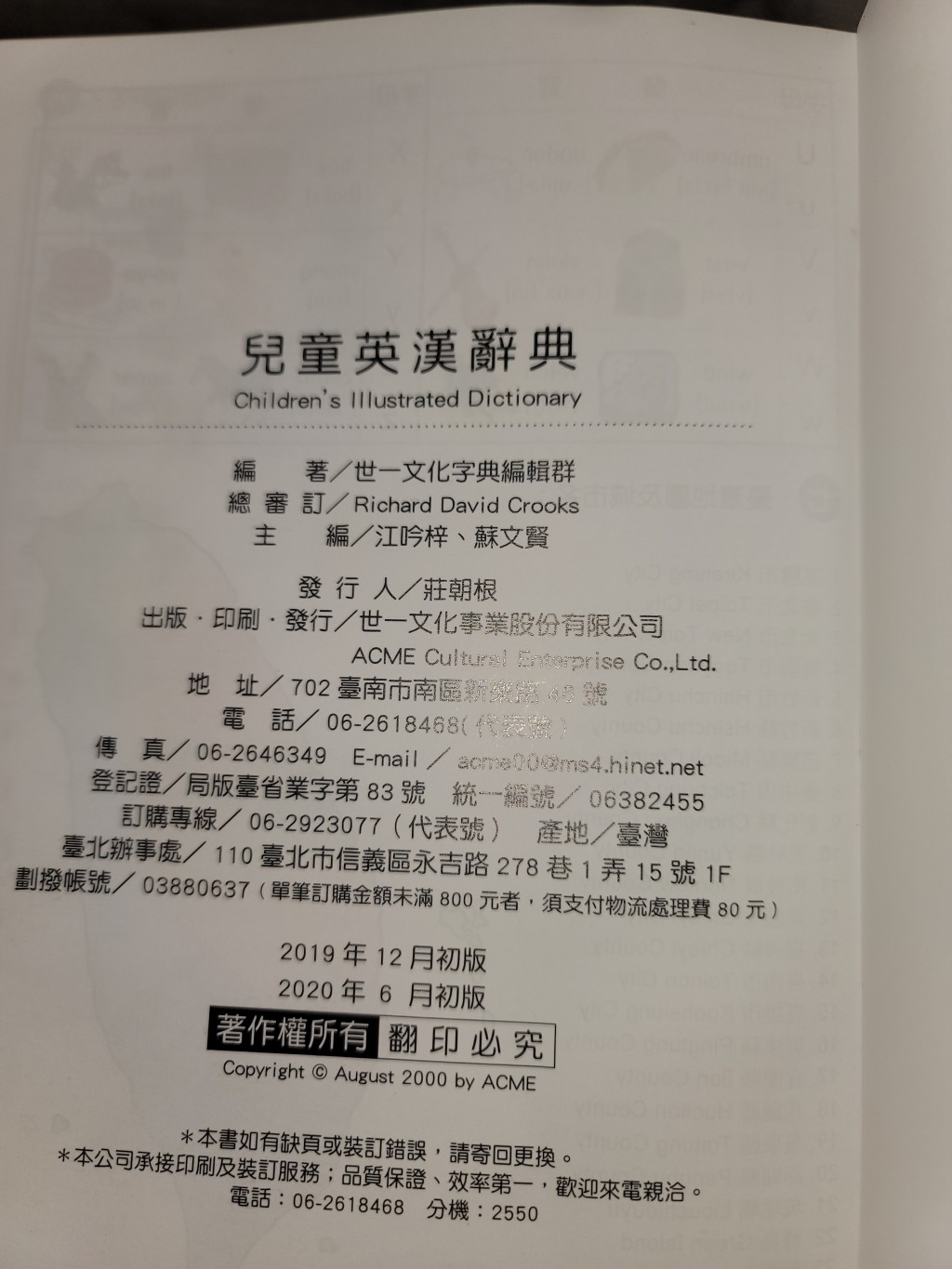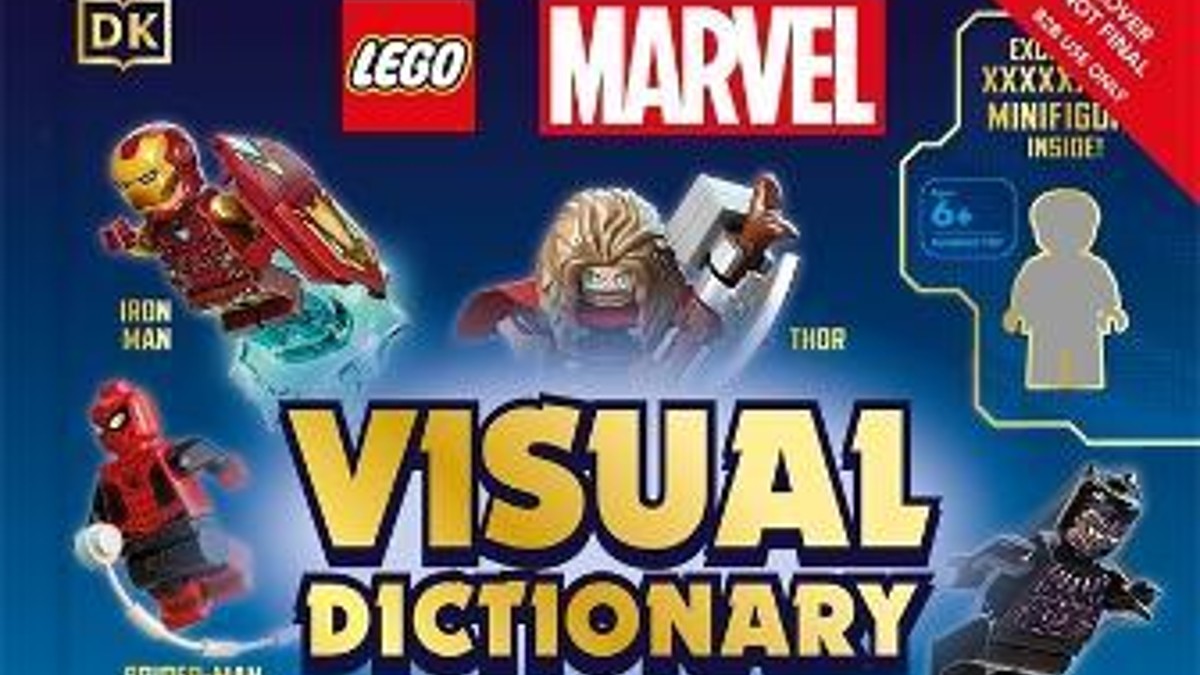The solitary denizens of Macondo appear to have proved too much for a famously insane knight errant, according to research that shows Gabriel García Márquez has overtaken Miguel de Cervantes to become the most translated Spanish-language writer of the century so far.
However, the genius who gave the world Don Quixote – and with him the first modern novel and a byword for impractical idealism – can take comfort in the fact that he remains the most translated writer in Spanish over the past eight decades.
The findings emerged after the Instituto Cervantes, which promotes Spanish language and culture around the world, began crunching data to put together its new World Translation Map.
In order to build up a picture of which Spanish-language writers were being most widely translated into 10 different languages – Arabic, Chinese, English, French, German, Italian, Japanese, Portuguese, Russian and Swedish – the institute consulted the Online Computer Library Center’s WorldCat database, which contains 554,858,648 bibliographic records in 483 languages.
Using that data, it has put together a searchable map of works translated from Spanish between 1950 and the present day. The start date was chosen to take into account el boom, when Latin American writers including García Márquez, Mario Vargas Llosa, Carlos Fuentes and Julio Cortázar broke through to worldwide acclaim in the 1960s and 1970s.
Raquel Caleya, head of culture at the Instituto Cervantes, said the map would be enlarged in the future to take as many languages as possible.
“The idea was to distill all that data to make that information available and searchable for the public,” she said.
“We wanted to help researchers – and anyone else – to analyse and visualise large quantities of information in a more efficient way. It will allow us to know what people are reading, what they’ve read – and to pay tribute to the all the translators who are working to disseminate books translated from Spanish since 1950.”
Caleya said that as well as identifying trends, the map would also help the Instituto Cervantes to develop policies to make sure authors writing in Spanish are accessible to readers all over the world.
A glance at the 10 most translated authors across all 10 languages from 2000 to 2021 shows García Márquez at number one, followed by Isabel Allende, Jorge Luis Borges, Mario Vargas Llosa, Cervantes, Carlos Ruiz Zafón, Arturo Pérez-Reverte, Luis Sepúlveda, Roberto Bolaño and Javier Marías.
However, the results over the map’s entire timeframe look rather different. Cervantes pips García Márquez to the top spot, with the late Colombian Nobel prize winner finishing ahead of Allende, Borges, Vargas Llosa, Federico García Lorca, Pablo Neruda, Fuentes, Pérez-Reverte and Ruiz Zafón.
The 2000-2021 map also reveals interesting differences between languages. The Chilean-French film-maker and writer Alejandro Jodorowsky is the most translated Spanish-language writer in French, while the two writers most translated into English are Allende and the Spanish children’s author Isabel Sánchez Vegara.
Manuel Vázquez Montalbán, who used his gourmand detective Pepe Carvalho to chronicle a changing Spain, makes the top 10 only in Italy, where Andrea Camilleri named his own detective, Inspector Montalbano, in honour of the Spanish writer.
Caleya said that while Allende was doing very well in the rankings, women as whole were very under-represented on the map. Its top 10 female authors are: Allende; Sánchez Vegara; Saint Teresa of Ávila; Laura Esquivel; Alma Flor Ada; Anna Llimós Plomer; Almudena Grandes; Paloma Navarrete; Sister Juana Inés de la Cruz, and Zoé Valdés.
“I do miss the women, which is why we’d like to look for and find more, although there are some in the rankings,” said Caleya.
She said it was also interesting to see how the big names of el boom had fared over the years.
“You can also see that some boom authors age better than others depending on how much they’re still being translated,” she said. “Julio Cortázar was very translated at one time and then that went down. Mario Vargas Llosa won the Nobel prize, but even before that, everything he wrote was being translated. The Nobel is still great global publicity.”
As well as trends – a 20% rise in translation of Spanish-language authors in 2003, which could be attributed to the interest generated that year by the death of Vázquez Montalbán and Pedro Almodóvar winning an Oscar for his screenplay for Talk to Her – other factors are in play.
“One Hundred Years of Solitude was a phenomenon in its own right, but when Bill Clinton said Gabriel García Márquez said was one of his favourite authors, that had an effect,” said Caleya. “It’s a bit like when Clinton said the best sunset in the world was in Granada – and Granada filled up with Americans.”
The World Translation Map, which has been created in collaboration with the Spanish government’s directorate for Books and Reading Development and the National Distance Education University’s Digital Humanities Laboratory, will be unveiled in Cádiz on Wednesday at the ninth National Spanish Language Congress.
However the map evolves in the future, Caleya is certain that one author and his best-known work will always remain fixed points.
“The Quixote is a universal classic, but if many of the works of our creators writing in Spanish in our century also become universal classics, then that’s very welcome,” she said. “But the Quixote is unbeatable and always will be – no matter how many Nobels there are.”
Adblock test (Why?)








